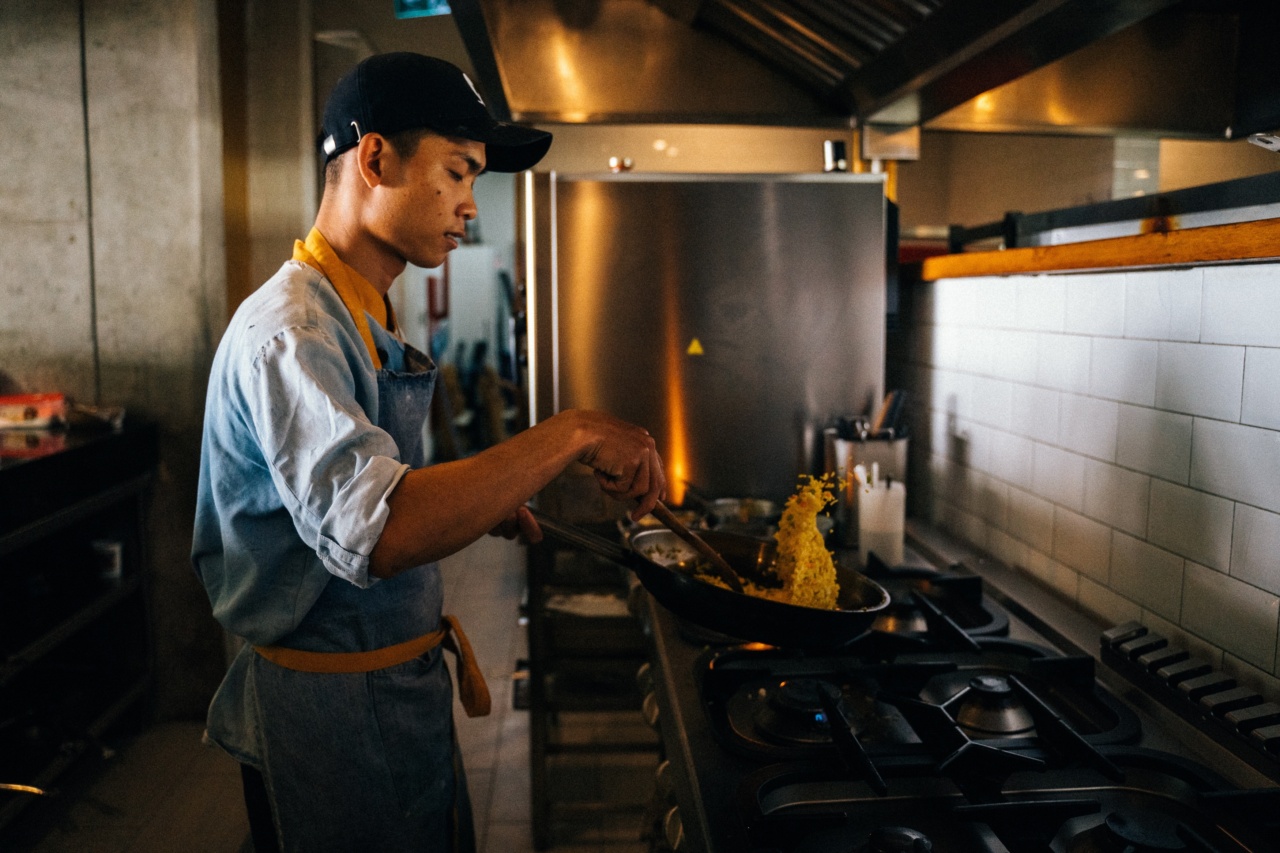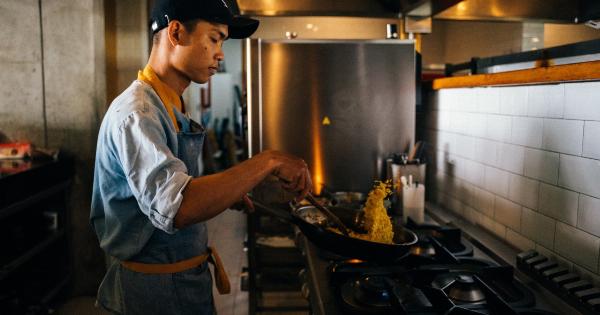Male in rice, also known as “mota chawal” in some regions, refers to small, discolored rice grains that have a different appearance and texture compared to regular rice grains.
These male grains are considered undesirable for consumption due to their inferior taste and quality. They can be a result of various factors such as improper milling, insect infestation, or low-quality seeds.
Why Remove Male in Rice?
It is essential to remove the male grains from rice before cooking to ensure the best quality and taste. Male grains can give a bitter taste to the cooked rice and may affect the overall texture.
By eliminating these grains, you can enjoy a more enjoyable and flavorful rice dish.
The Proper Cooking Technique to Remove Male in Rice
Removing male in rice involves a few simple steps that can significantly enhance your rice cooking experience. Here’s a detailed guide on the proper cooking technique to remove male grains:.
Step 1: Sorting the Rice
Before cooking, it is crucial to sort the rice properly to separate the male grains from the good ones. Spread the rice on a clean, flat surface such as a tray or a large plate. Take some time to inspect the grains and remove all visible male grains.
Look for grains that are shorter, discolored, or have a different texture. Discard these grains to avoid any unpleasant taste in your cooked rice.
Step 2: Washing the Rice
After sorting, it’s important to give the rice a thorough rinse. Place the sorted rice in a strainer or colander and wash it under cold running water.
Gently swish the rice around with your fingers to ensure all impurities, including any remaining male grains, are removed. Continue rinsing until the water runs clear.
Step 3: Soaking the Rice
Soaking the rice before cooking is an important step in achieving perfectly cooked grains. It helps to soften the rice and allows for even cooking. Fill a bowl with enough water to cover the rice entirely and let it soak for approximately 20-30 minutes.
This soaking time will vary depending on the type and quality of rice you are using.
Step 4: Draining the Rice
After soaking, drain the water from the soaked rice using a fine mesh strainer or colander. Make sure to remove any excess water to maintain the correct rice-to-water ratio during cooking.
Step 5: Cooking the Rice
Now that the rice is sorted, washed, soaked, and drained, it is ready for cooking. The cooking process may vary slightly depending on the method you prefer, whether it’s stovetop, rice cooker, or instant pot.
Follow the recommended cooking instructions for the type of rice you are using.
Step 6: Fluffing the Rice
Once the rice is cooked, let it sit covered for a few minutes before fluffing it with a fork. Fluffing the rice will help separate the grains and enhance their overall texture.
It’s important to be gentle while fluffing to avoid breaking or mushing the grains.
Step 7: Final Inspection
Before serving or using the cooked rice in any dish, perform a final inspection to ensure no male grains were missed during the sorting process. Remove any remaining male grains if necessary to guarantee a delicious and enjoyable rice dish.
Enjoying Male-Free Rice
By following the proper cooking technique outlined above, you can enjoy male-free rice that is visually appealing, aromatic, and delicious. Removing the male grains ensures a superior quality rice dish that enhances any meal or recipe you prepare.
Conclusion
Male grains in rice can negatively impact the taste and texture of the cooked grains. By properly sorting, washing, soaking, and cooking rice, you can remove male grains and ensure a superior rice dish.
Take the time to follow these steps, and enjoy a delicious, male-free rice experience!.































